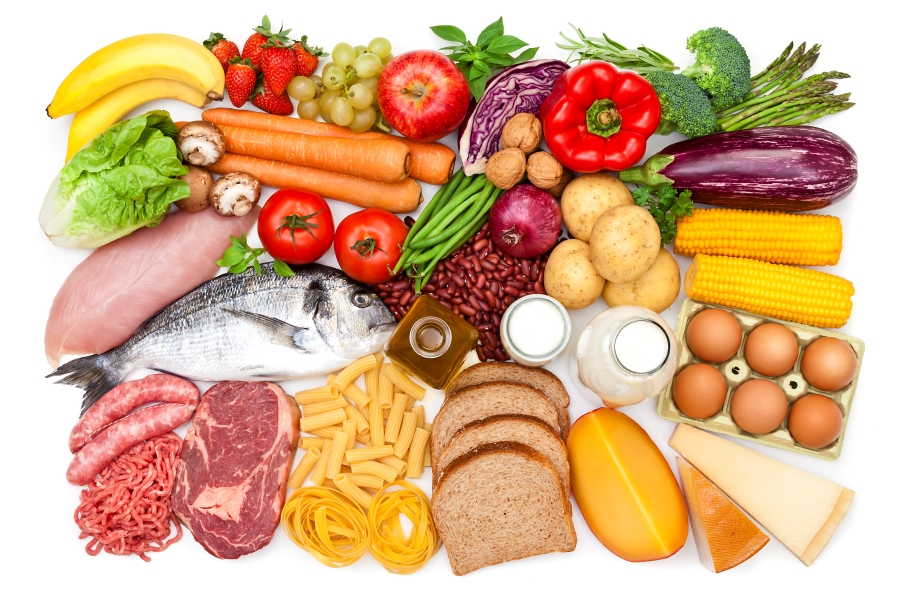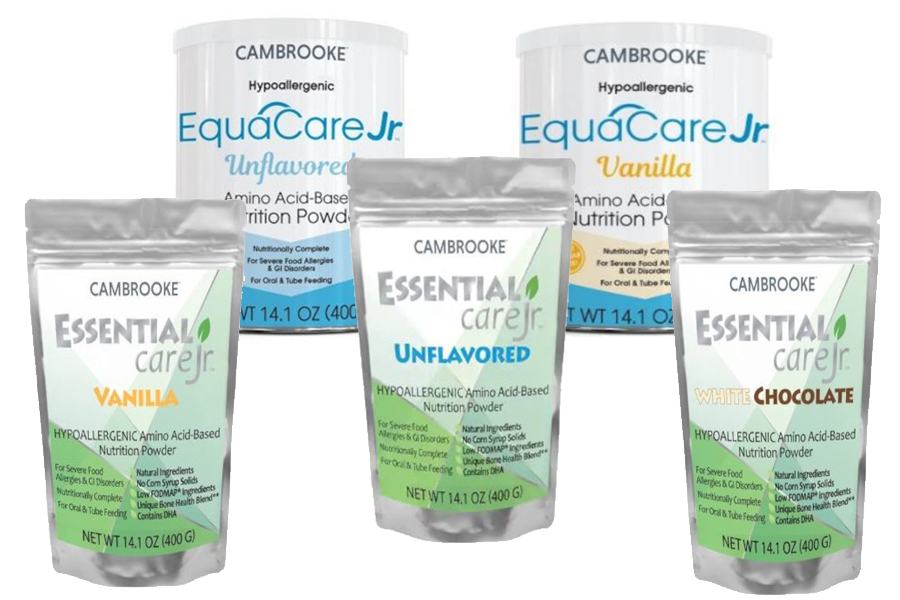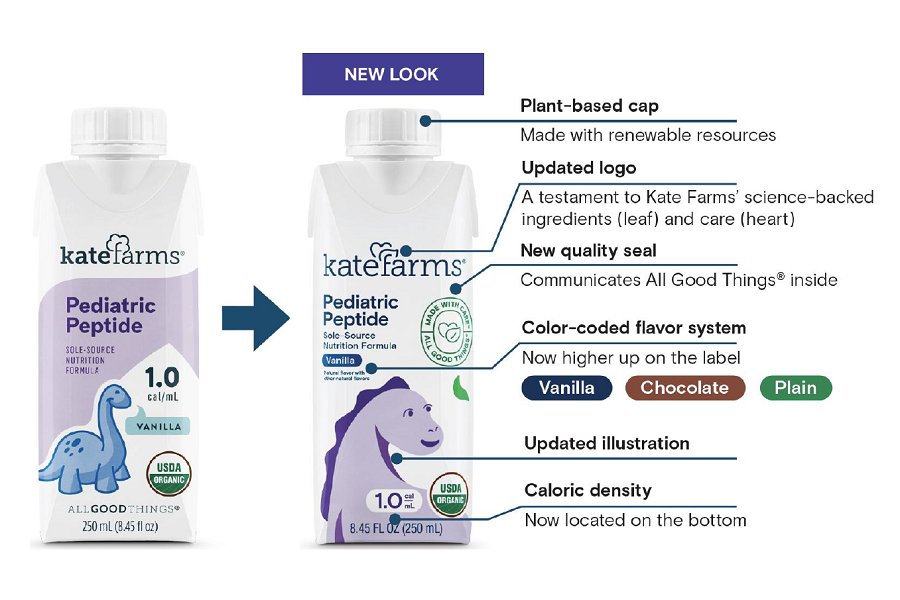Do you find nutrition facts labels confusing? Trust me, you’re not alone!
In our health-conscious society, nutrition facts labels are a necessity. However, sometimes the information can be outdated or easily misunderstood. With this in mind, the FDA has mandated a nutrition facts label update by July 2021. This will be the first update since nutrition labels were first introduced in 1994. Even though you may have already seen some new labels on your favorite foods and drinks, these changes will be gradual depending on the type of manufacturer.
What’s changed?
The new nutrition facts label template has several updates, including:
- Serving sizes
- Formatting
- Added sugar information
- New data based on recent scientific evidence
- Added nutrient quantities
- Updated footnote
Servings and Calories
Servings have always been apart of a nutrition facts label. Realistically, however, consumers often eat/drink more than the “serving” indicated. On the new labels, some servings have changed to reflect a more accurate serving size. This change makes it easier for us to determine our actual calorie and nutrient intake. Additionally, the serving size is now in a larger and bolder font, making it easier to find. In some cases you might even see a nutrition facts label with two columns! The difference between them is the serving size: one column for a single serving and another for the whole package.
Similar to the serving size, the amount of calories are now in a larger and bolder font.
Fat and Carbohydrates
Total saturated fat and trans fat values are still indicated on the label, but calories from fat has been removed from the top portion. This decision by the FDA was based on research indicating that the type of fat consumed is more important than the actual amount.
Total carbohydrates, dietary fiber and total sugar values are also remaining the same. But while this information is important to know, these numbers don’t provide the whole story. There is a difference between naturally occurring sugars and added sugars. To clarify, an additional value was introduced: added sugars. Added sugars is a new value that, like most other nutrients on the label, is defined both in grams and in % daily value. This perhaps is the most exciting change to the nutrition facts label because it takes the guess work out of calculating those elusive added sugars we are eating and drinking.
*The Dietary Guidelines for Americans recommends limiting added sugar intake to 10% of calories per day. Based on a 2,000 calorie diet only 200 calories should be from added sugars per day.
Other Nutritional Information
Towards the bottom part of the nutrition facts label you can find other important vitamins and minerals and how much of them the product contains. This section is intended to highlight nutrient levels that consumers may be lacking in their diet and looking to increase. Previously this section focused on vitamins A and C, calcium and iron. However, vitamin A and C deficiencies have become rare enough that their quantities are no longer required to be on the label. With that said, it’s important to remember that these vitamins and minerals may still be in the product! This change simply means that the FDA has chosen to highlight other nutrients Americans struggle with. With the new labels, manufacturers will be required to list vitamin D and potassium instead. Additionally, this portion of the label now shows the quantity of these nutrients in grams. This change will certainly help us monitor our vitamin D and potassium consumption more closely!
Speaking of consuming appropriate amounts…
On the right-hand side of both old and new labels, you will see % daily value. This percentage is based on the recommended daily intake for the average American and is based on a 2,000 calorie-per-day diet. Changes to these values reflect the most recent scientific data. In addition, you will see a revised note explaining the importance of % daily value relating to our daily diet.
**Please note: % daily values are based on “the average American.” Contact your local Registered Dietitian to find out what your individual daily caloric needs are.
You can expect to see these new nutrition labels soon, if you haven’t already begun seeing them appear on most packaged beverages, processed foods, and formula. These new regulations are in place to inform and aid consumers in choosing appropriate foods and drinks.
Click here to read this article in Spanish.
DISCLAIMER: This information is designed for customer use only and does not represent the advice of a medical health professional. Please contact your doctor for explicit advice on your prescription and/or feeding program.
Sources:
Centers for Disease Control and Prevention
FDA U.S. Food & Drug Administration
























